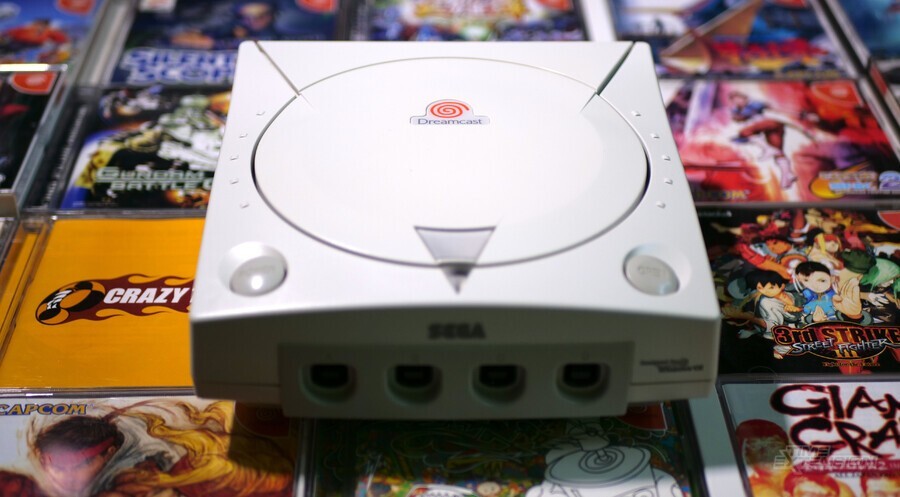
It brings us no joy whatsoever to report that Sega's final throw of the home hardware dice celebrates its 25th anniversary today. We're so old.
Released in Japan on November 27th, 1998, Dreamcast was a forward-thinking system that Sega hoped would help reclaim the market share lost during the 32-bit battle with Sony's PlayStation.
Equipped with powerful internal tech and online functionality out of the box, the Dreamcast was arguably the first home console that could legitimately claim to offer "arcade perfect" conversions, as Sega's Naomi-based coin-op titles ran on the same basic hardware.
Despite solid sales in North America (the console generated $98.4 on launch day, with SoA head Peter Moore calling it "the biggest 24 hours in entertainment retail history"), Dreamcast struggled in its native Japan and Europe and failed to gain the kind of momentum Sega needed to gain a significant foothold before the PlayStation 2 arrived on the market.
On January 31st, 2001, Sega announced that Dreamcast would be discontinued in March of that year, and the company would transition to a third-party publisher, meaning that it would focus on making games for consoles created by other companies – including Microsoft, Sony and Nintendo.
Just 9.13 million Dreamcast consoles were sold during its lifetime, an astonishingly low figure when you consider the impact the system has had over the years. Indeed, the Dreamcast continues to be a firm favourite with players thanks to its amazing arcade ports, fantastic original games (Ikaruga, Shenmue, Skies Of Arcadia and Jet Set Radio all started out on Sega's console) and awesome hardware features, such as the VMU memory cards which acted as a self-contained handheld console, and the ability to connect the console to a VGA monitor for the best possible picture.
What are your favourite memories of Dreamcast? Sound off in the comments below to tell us, and the world.
